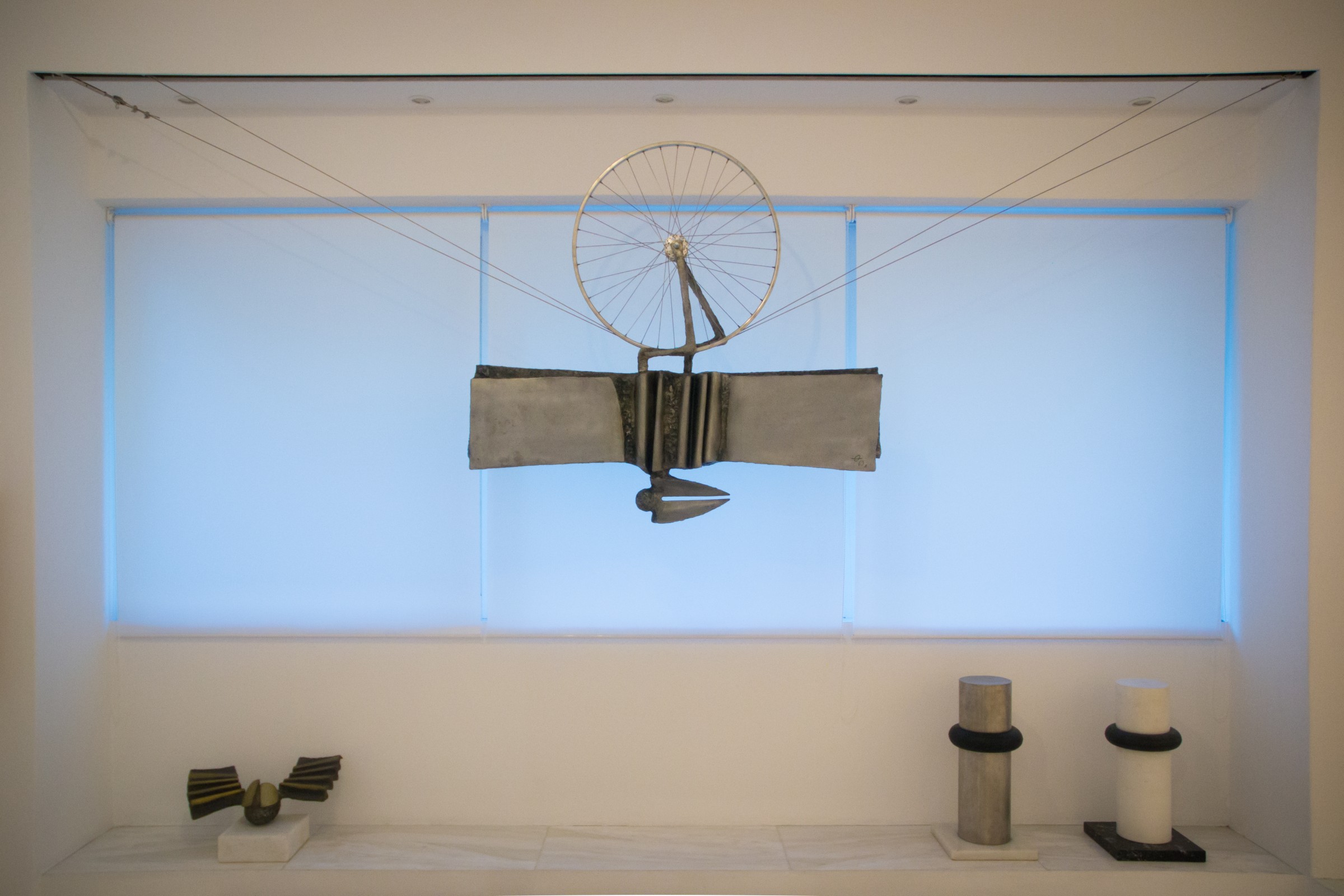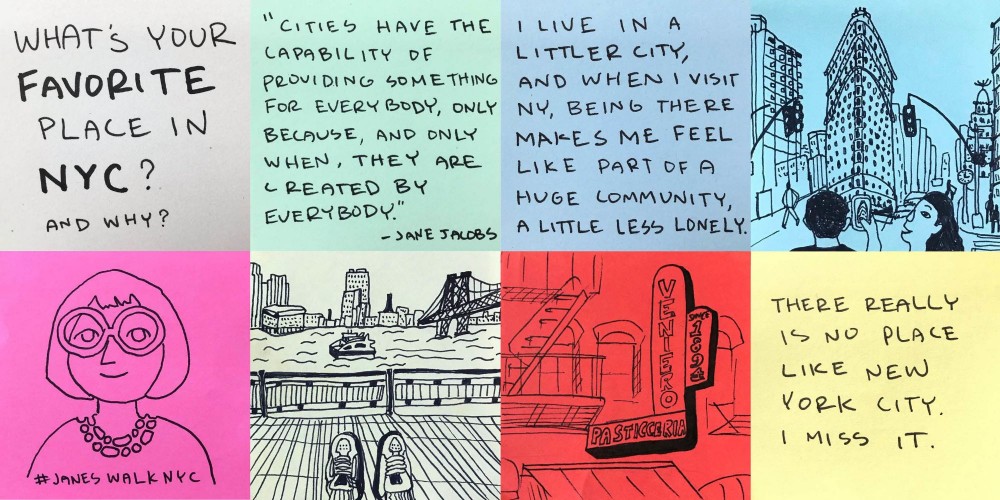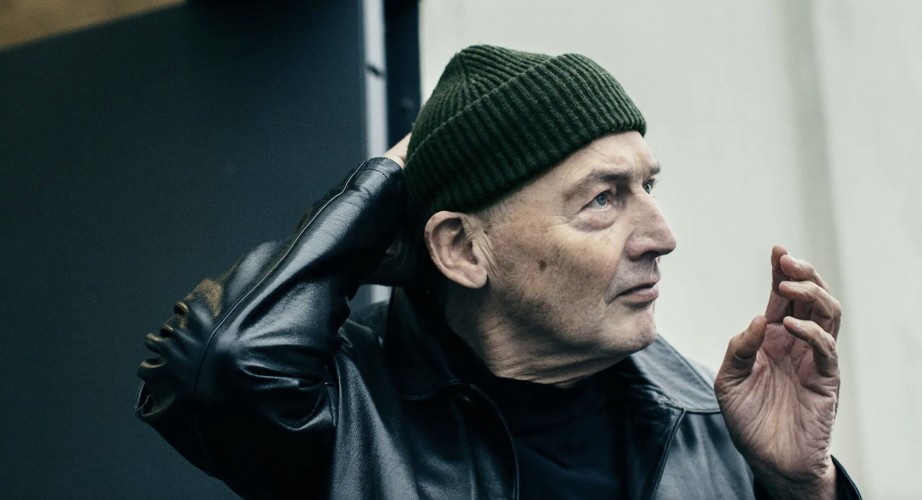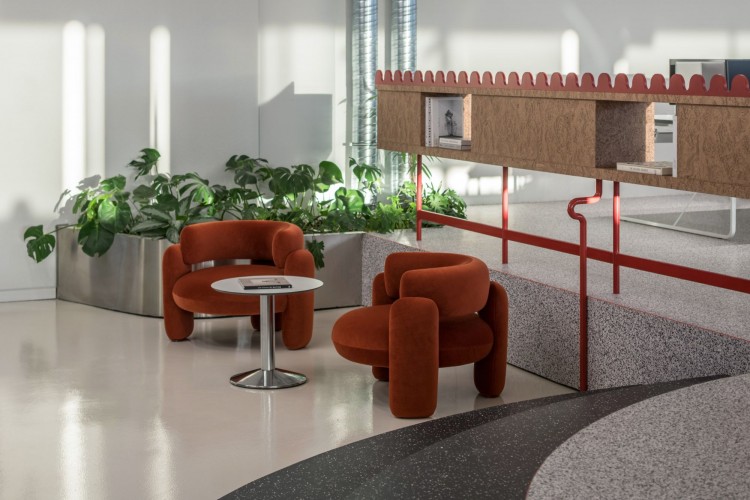Το εργαστήριο του πρωτοπόρου Γλύπτη Θόδωρου άνοιξε για το κοινό στο Κουκάκι.
DS.WRITER:
Σοφία Θρουβάλα
Κεντρική Εικόνα: Φωτογραφικό Αρχείο Λυδίας και Νεφέλης Παπαδημητρίου, “Θρόνος με απαγορευμένα ανταλλακτικά”, Θόδωρος, 1966
Το εργαστήριο του γλύπτη Θόδωρου άνοιξε επιτέλους στο κοινό. Στα εγκαίνια, τα οποία πραγματοποιήθηκαν την Παρασκευή 21 Οκτωβρίου, παρουσιάστηκε και νέο πρόγραμμα δράσεων της Cities in Balance, του διεπιστημονικού κέντρου μελέτης γλυπτικής, αρχιτεκτονικής και Επικοινωνίας, με αντικείμενο τους ελεύθερους αστικούς δημόσιους χώρους. Στο πρόγραμμα, πέραν της σειράς ομιλιών για τις ρηξικέλευθες ιδέες του Θόδωρου σε σχέση με την τέχνη στον δημόσιο χώρο, εμπεριέχονται και εργαστήρια λόγου, εικαστικών, οπτικοακουστικών μέσων, φωτογραφίας, αρχιτεκτονικής αλλά και design, πιάνοντας έτσι όλο το φάσμα παραγωγής του γλύπτη και τονίζοντας τη σημασία της επιρροής του στους σύγχρονους κλάδους στην Ελλάδα.
Ο Θόδωρος Παπαδημητρίου, γνωστός ως γλύπτης Θόδωρος, υπήρξε σημαντικός πρωτοπόρος της γλυπτικής στην Ελλάδα. Ήταν από τους ελάχιστους γλύπτες που τόλμησαν να δημιουργήσουν βαριές κατασκευές από μέταλλο στα πρότυπα της Σύγχρονης Αμερικανικής Γλυπτικής. Πολλά έργα του είναι μνημειακών διαστάσεων, δύσκολο να χωρέσουν στα εσωτερικά των ελληνικών μουσείων, κάτι το οποίο αποτελούσε και βασική πραγμάτευση του καλλιτέχνη.
.jpg)
Εργαστήριο Θόδωρου, “Φαέθων”, Θόδωρος, 2008 | Φωτογραφία: Ολυμπιάννα Μηλιάκη
Έχοντας εργαστεί στην Αμερική τη δεκαετία του ‘70, ήρθε σε επαφή με τις συζητήσεις περί χώρου που είχαν ξεκινήσει ήδη από τη δεκαετία του ’60 και την αυγή της Μινιμαλιστικής Τέχνης. Η επίδραση της Φαινομενολογίας του Μερλώ Ποντί, του Μάρτιν Χάιντεγκερ και των επιγόνων τους, άλλαξε ριζικά την πρόσληψη του χώρου, στον βαθμό που ο υπαρξιακός χώρος μοιάζει πια να διαθέτει μια οντολογική προτεραιότητα επί του αρχιτεκτονημένου ή γλυπτικού. Έτσι, αρχίζει να ορίζεται και να εμπεριέχεται σαφώς στις καλλιτεχνικές προδιαγραφές της εποχής. Ο υπαρξιακός και αρχιτεκτονικός χώρος ξεκινούν να αλληλεπιδρούν έντονα. Το ατομικό και το συλλογικό, το ιδιωτικό και το δημόσιο υφαίνουν σταδιακά το νέο παλίμψηστο της αναδιαμορφωμένης σύγχρονης πόλης.

Εργαστήριο Θόδωρου, Αθήνα, Cities in Balance | Φωτογραφία: Βασιλική Χρυσικού
Ο ίδιος ο καλλιτέχνης προσπάθησε με πολλά διαφορετικά κείμενα να εξηγήσει την ανάγκη του για Δημόσια Τέχνη, σε μια πόλη, ακόμα, νεοκλασική. Επεξεργαζόμενος τις έννοιες της ισορροπίας, της κοινοκτημοσύνης και της εμπιστοσύνης, αποτέλεσε ίσως τη μόνη (με εξαιρέσεις, όπως ο Takis) αντισυμβατική μορφή γλυπτικής έκφρασης στην Ελλάδα. Η εγκατάλειψη του γλυπτικού βάθρου, ένα αίτημα σημαντικό ήδη από την περίοδο του μοντερνισμού και των ready-mades, γίνεται για τον Θόδωρο αντικείμενο μελέτης. Ο προβληματισμός δεν περιορίζεται στο ζήτημα του βάθρου ως ξεχωριστού αντικειμένου – βάσης. Το βάθρο επεκτείνεται και αντιμετωπίζεται ως αναπόσπαστο μέρος του γλυπτού, αρχίζοντας να επηρεάζει και τελικά να καθορίζει την υπόσταση του γλυπτού ως φαινομενικά γνωστού, μορφολογικά έστω, αντικειμένου. Τα βαριά βιομηχανικά υλικά που χρησιμοποιεί, όχι απλώς δεν έχουν βάση, αλλά δίνουν την εντύπωση πως αιωρούνται.
.jpg)
Εργαστήριο Θόδωρου, Αθήνα, Cities in Balance | Φωτογραφία: Ολυμπιάννα Μηλιάκη
Η διαφορετική αντίληψη του γλύπτη, του επέτρεψε από νωρίς να αποβάλει τον ακαδημαϊκό τρόπο σκέψης και απόδοσης των μορφών του, αν και δεν έφτασε ποτέ στην πλήρη αφαίρεση. Επιθυμία του ήταν, όπως και ο ίδιος γράφει στα κείμενά του περί γλυπτικής, να βρίσκεται σε στενή σχέση με το κοινό. Τα έργα του, επιθυμούσε, να τοποθετούνται σε δημόσιους χώρους και να αλληλεπιδρούν με την καθημερινότητα, σχολιάζοντάς τη αλλά και επηρεάζοντάς τη με την παρουσία τους. Κατόρθωσε μέσω των δομών του να αναγάγει τον άνθρωπο από θεατή-δέκτη σε επίκεντρο του έργου του, δημιουργώντας τον κατάλληλο χώρο ώστε ο άνθρωπος να υπάρξει, προκαλώντας με πολλούς τρόπους τη συμμετοχή του. Μια performance αντικειμένων(!).

Φωτογραφικό Αρχείο Λυδίας και Νεφέλης Παπαδημητρίου, “Χειρισμός ΙΙΙ”, Θόδωρος, 1974
Το αρχαιολογικό-λατρευτικό κομμάτι της δουλειάς του είναι έντονο στα περισσότερα έργα-αντικείμενά του, καθώς ενώνει με τα χαρακτηριστικά μοτίβα του το σύγχρονο και βιομηχανικό με το κλασικό και σχεδόν μονολιθικό σχήμα, ταυτίζοντάς τα κάτω από την κοινή, σύγχρονη και κλασική, έννοια του “μνημείου”. Ο Θόδωρος, ως μεσάζοντας μεταξύ της δεδομένης τέχνης, του αρχιτεκτονικού όγκου και της “σημερινής” ζωής και επικοινωνίας, πάλεψε επίμονα να θέσει τα θεμέλια της νέας θέασης της τέχνης, μιας τέχνης που δεν θα γνώριζε περιορισμούς και ταυτότητες αλλά θα ήταν επικοινωνιακή και βροντερή. Με στόχο την “ανανέωση του πολιτισμού”, όπως έλεγε ο ίδιος, παρουσίασε πολλαπλά δρώμενα, performance, και εγκαταστάσεις που πραγματεύονταν ακριβώς αυτή την αδιόρατη σύνδεση μεταξύ τέχνης και κατασκευής, ειρωνείας και σεβασμού, καλλιτέχνη και θεατή, ενώ τέλος ήταν ο βασικός διεκδικητής της δημιουργίας ενός Μουσείου Σύγχρονης Τέχνης στην Ελλάδα, με λάβαρό του την “αναγκαία εκδημοκράτιση της σύγχρονης δημιουργίας και την εκπαίδευση του θεατή”.
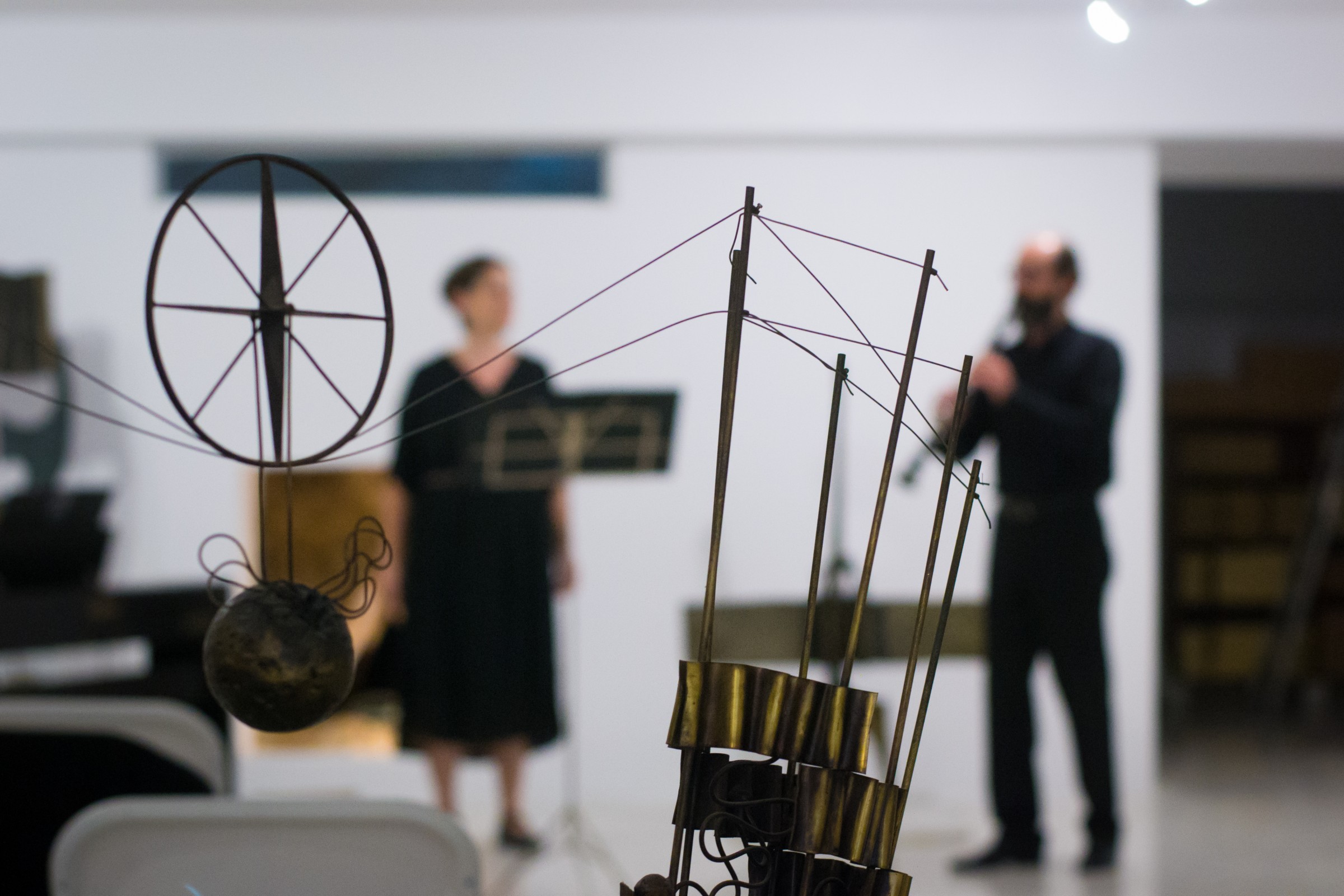
Εργαστήριο Θόδωρου, Αθήνα, Cities in Balance | Φωτογραφία: Βασιλική Χρυσικού
Το 2016, ανοίγει το πολυπόθητο Μουσείο Σύγχρονης Τέχνης, εκπληρώνοντας σε ένα σημαντικό μέρος το όραμά του. Σήμερα, μια τετραετία μετά τον θάνατό του, το όραμά του ολοκληρώνεται με τα επίσημα εγκαίνια του εργαστηρίου του στην οδό Προπυλαίων 34 στο Κουκάκι. Το πολύπλευρο αρχείο-αποθετήριό του, απαρτιζόμενο από έργα, σχέδια δημόσιων διαγωνισμών, σκέψεις σε χαρτί ή σε βίντεο αλλά και σε μπρούτζο και ξύλο, παρουσιάζεται σαν ένας χώρος επικοινωνίας και αλληλοδιάδρασης, που κέρδος του θα έχει κάθε εποικοδομητική και δημιουργική συζήτηση και πρακτική υλοποίηση γύρω από την τέχνη, το design και την αρχιτεκτονική της αστικής εμπειρίας.
Τα εργαστήρια και οι δράσεις στο εργαστήριο του Θόδωρου προγραμματίζονται να συνεχιστούν και την άνοιξη του 2023 σε μια διοργάνωση της Cities in Balance, υπό την αιγίδα του Δήμου Αθηναίων.
.jpg)
Αίθουσα προβολών και διαλέξεων, Εργαστήριο Θόδωρου, Αθήνα, Cities in Balance | Φωτογραφία: Ολυμπιάννα Μηλιάκη
Φθινόπωρο - Χειμώνας 2022-2023
ΚΥΚΛΟΣ DESIGN. Κωνσταντίνος Γουναρίδης. Αρχιτέκτων, υποψήφιος διδάκτωρ ΕΜΠ. Οικιακές Μνημονικές Συσκευές. Η μνήμη ως εργαλείο σύνθεσης στην αρχιτεκτονική και τις ψηφιακές τέχνες.
ΚΥΚΛΟΣ ΑΡΧΙΤΕΚΤΟΝΙΚΗΣ. Ανδρέας Λαμπρόπουλος. Αρχιτέκτων, διδάκτωρ ΕΜΠ. Αρχιτεκτονικοί Διαγωνισμοί. Δημιουργικότητα, Τεχνική και Διαδικασία στον Αγώνα για Επιτυχημένο Σχεδιασμό.

Φωτογραφικό Αρχείο Λυδίας και Νεφέλης Παπαδημητρίου, “Εκκρεμές ΧI, Θόδωρος”, 1965
Άνοιξη - Καλοκαίρι 2023
ΚΥΚΛΟΣ ΦΩΤΟΓΡΑΦΙΑΣ. Πηνελόπη Πετσίνη. Διδάκτωρ Τεχνών και Ανθρωπιστικών Επιστημών.
«Φωτογραφία, Ιστορία, Μνήμη: Αναζητώντας τα Ίχνη της Ιστορίας στην Πόλη».
ΚΥΚΛΟΣ ΑΡΧΙΤΕΚΤΟΝΙΚΗΣ. Κώστας Μωραΐτης. Αρχιτέκτων, ομότιμος καθηγητής ΕΜΠ.
«Το “Τοπίο” παντού: Έννοια κεντρική για την περιβαλλοντική μας εγρήγορση, τον αρχιτεκτονικό και αστικό σχεδιασμό, τις επιστήμες και τον πολιτισμό».
ΚΥΚΛΟΣ ΟΠΤΙΚΟΑΚΟΥΣΤΙΚΩΝ ΜΕΣΩΝ. Ηλέκτρα Βενάκη. Κινηματογραφίστρια, πρώην Γενική Διευθύντρια του Ελληνικού Κέντρου Κινηματογράφου. - Γεώργιος Παπακωνσταντίνου. Αρχιτέκτονας, σκηνοθέτης, Ομότιμος καθηγητής Τμήματος Αρχιτεκτόνων Μηχανικών, Πανεπιστήμιο Θεσσαλίας.
«Εργαστήριο Οπτικοακουστικών Αναπαραστάσεων της Πόλης».
ΚΥΚΛΟΣ ΑΡΧΙΤΕΚΤΟΝΙΚΗΣ. Ανδρέας Λαμπρόπουλος. Αρχιτέκτων, διδάκτωρ ΕΜΠ.
«Γεωμετρία και Αισθητική στον Σχεδιασμό Υπαίθριων Δημόσιων Χώρων»
Πληροφορίες-Εγγραφές: citiesinbalance.gr
